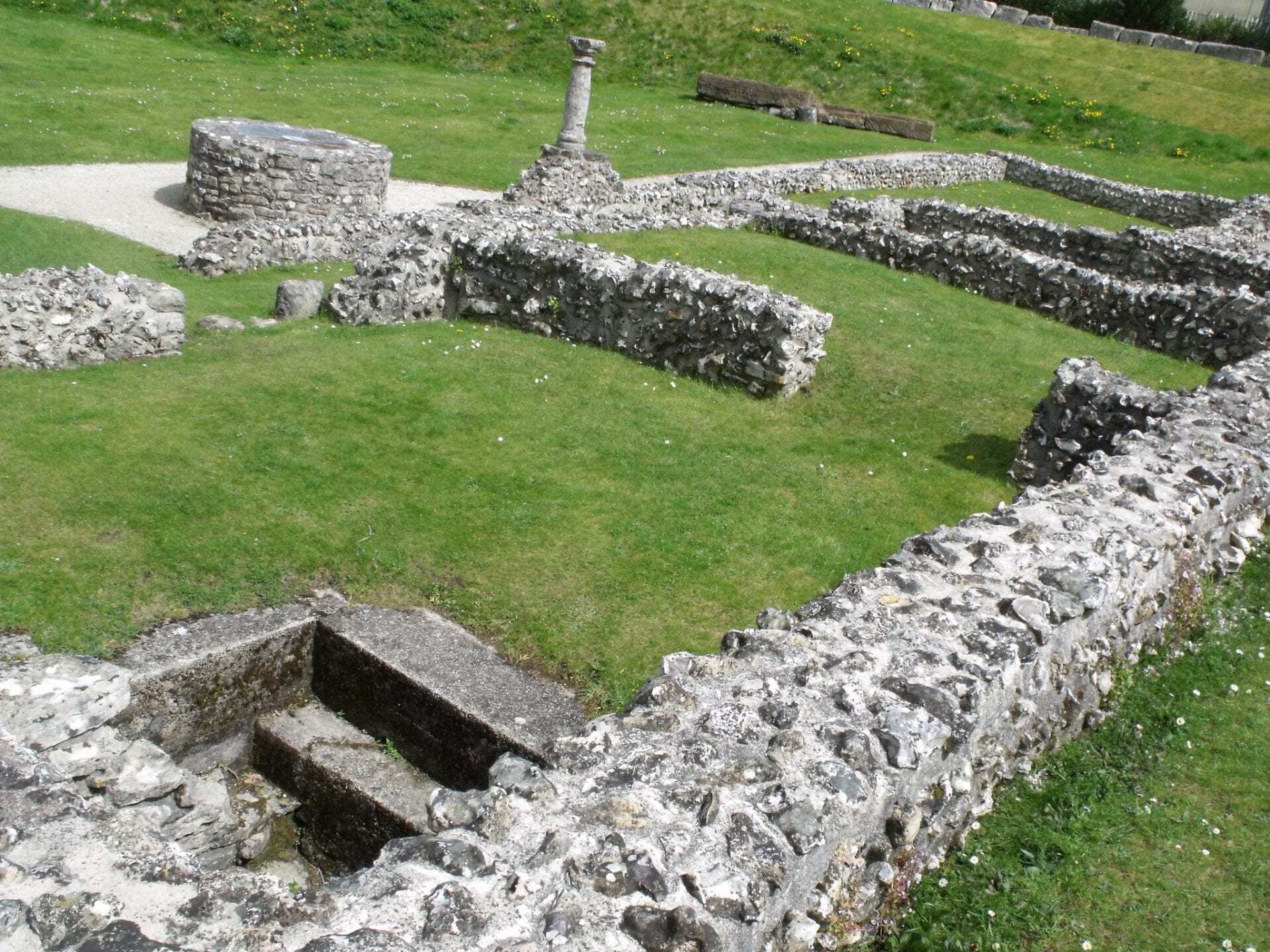Excavations by Wessex Archaeology has revealed important Roman remains from the ancient Roman town of Durnovaria, modern-day Dorchester.
Neil Holbrook, of Cotswold Archaeology has been acting as archaeological consultant on behalf of the developers, Simons Developments and WDDC.
A watching brief is currently being maintained on groundwork being undertaken by Cowlin Construction and their subcontractors associated with the construction of West Dorset District Council’s new offices, library and adult learning centre.
As the site occupies an area near to the southern edge of the Roman town of Durnovaria it was predicted evidence of Roman town life would be uncovered during the works. The prediction proved correct; immediately below the modern overburden, the remains of Roman houses were uncovered.
These buildings were built around 100AD and were orientated according to the town’s street plan, which it has been possible to map using evidence from other excavations in Dorchester.
These houses were in the vicinity of the southern wall of the Roman town and the public baths. They were well built with stone wall foundations and according to convention at the time were adorned with painted plaster walls, areas of mosaic floors and tiled roofs. As represented by the discovery of a column base one house may also have had a colonnaded walkway, perhaps around a courtyard or garden area.
Deposits associated with these buildings contained artefacts representative of everyday domestic life including pottery, coins, animal bones and also the burial of a baby. The houses survived until they were systematically demolished around 300 AD. After this no further structures were built and robbing of useful building material continued right up until the 17th Century.
Beneath the floors of the Roman houses large deposits of rubble had been used to level off the site prior to their construction. Amongst this material were finds including a fragment of a Kimmeridge shale bracelet, pieces of Spanish amphora (used to transport olive oil) and a collection of gaming counters made out of chalk and pieces of pottery.
After the results of the fieldwork have been assessed if you would like to learn more about this site and the inhabitants of Roman Durnovaria, Wessex Archaeology will be hosting a talk on the project, details of which will be posted here. There will also be a report which will be available to download from our archaeological reports section. On completion of the project, all finds will be deposited with the Dorset County Museum in Dorchester.
Header Image Credit : Elliott Brown







